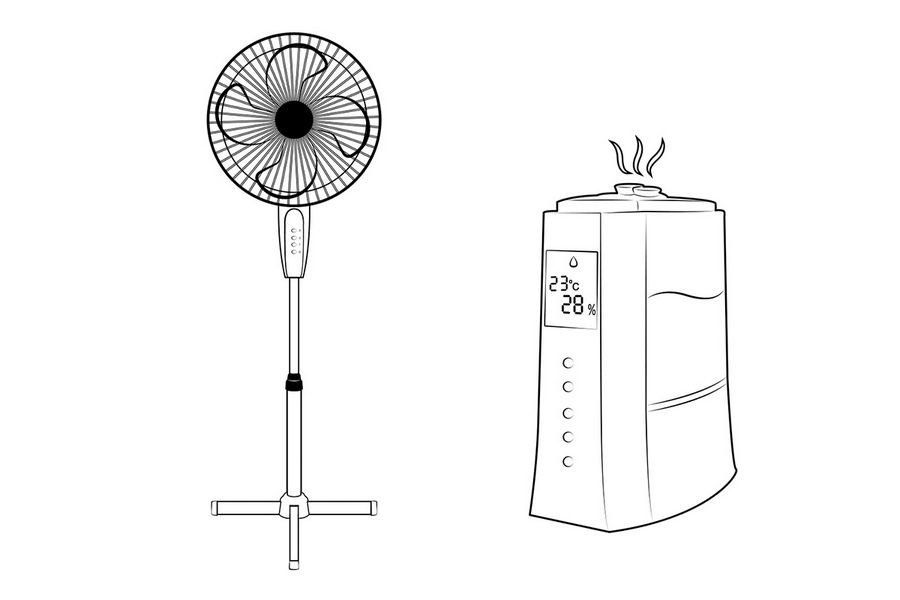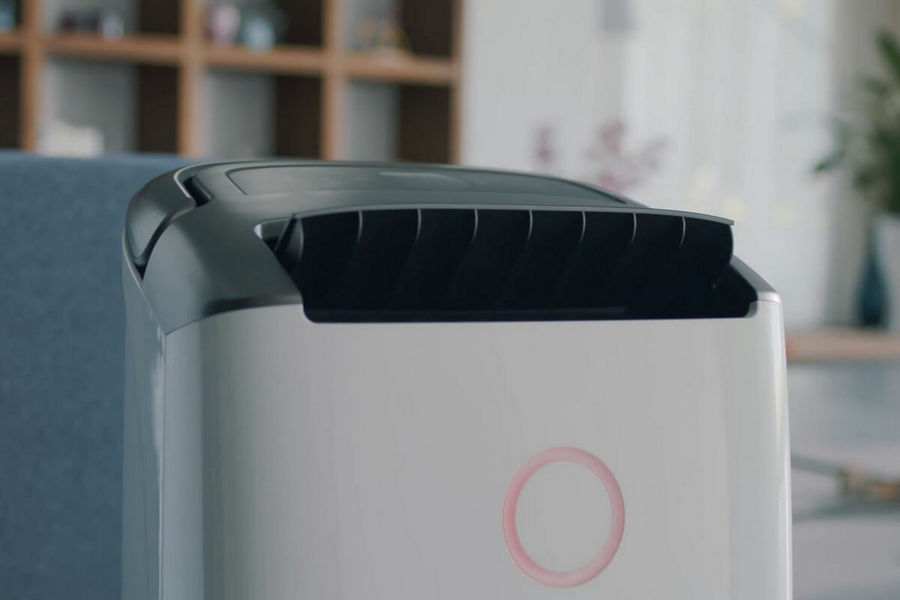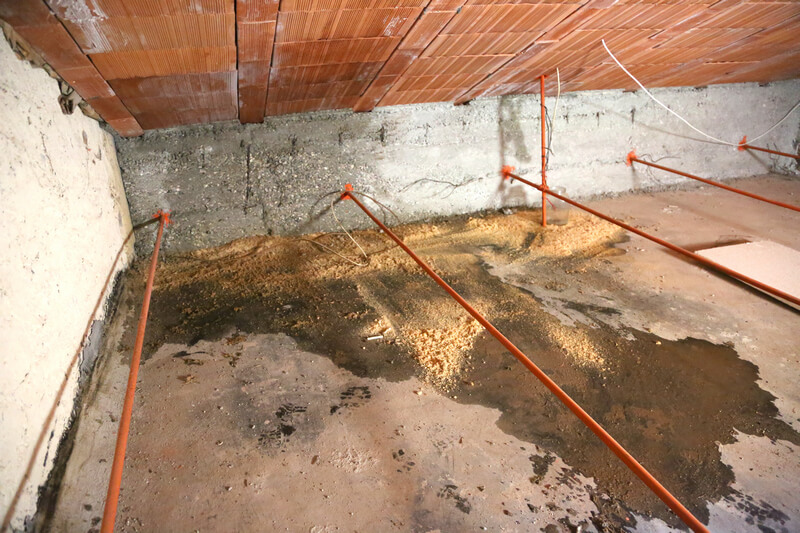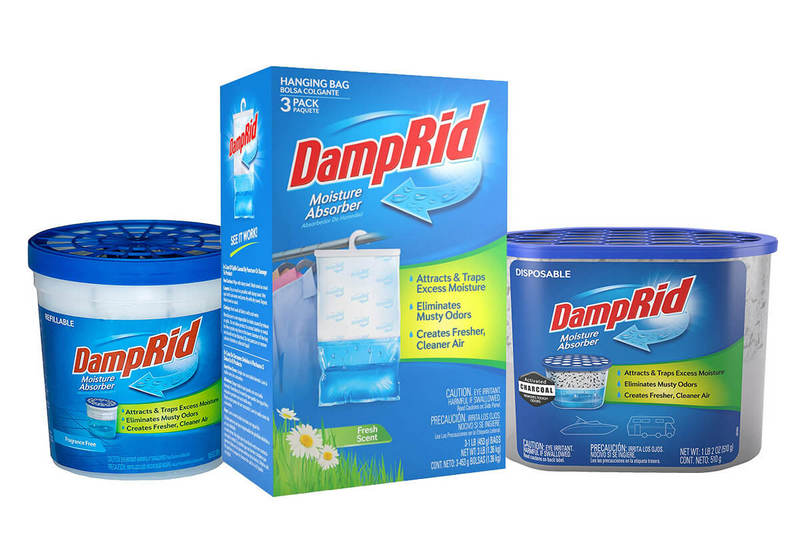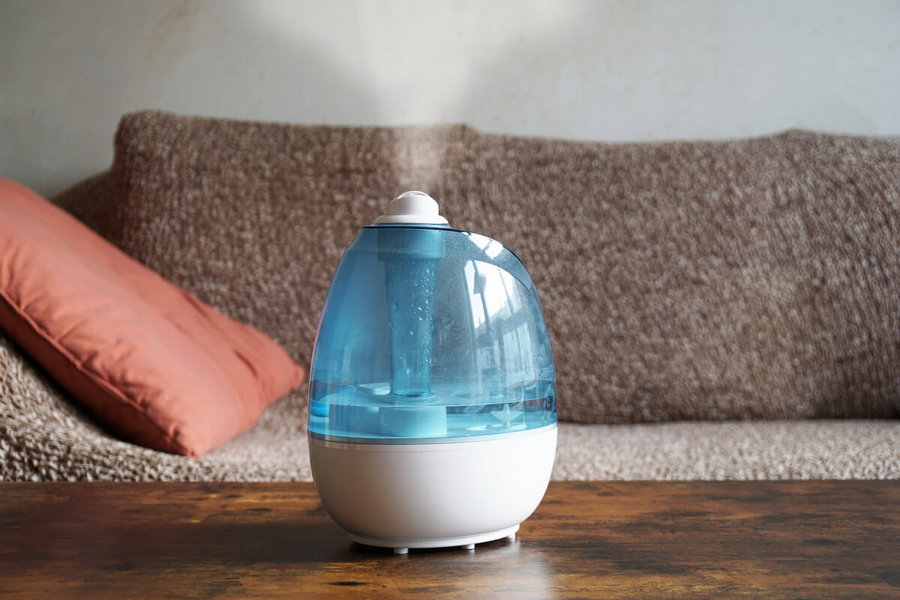Imagine you’re sitting in your living room, drenched in perspiration. Your fan is working at full speed but it still feels like a hundred degrees inside. Let us guess, is it because you’re one of those people who use both the humidifier and the fan at the same time?
Sitting there, cursing your allegedly ineffective fan, has it ever occurred to you if using a fan and a humidifier at the same time is a good idea after all? Do they work together or against each other?
If no, it’s time to finally put an end to your misery and walk you through the reality of how these two devices function together. We’ll talk about what each of these products is meant to do and if they can be favorable to each other.
How Does a Humidifier Work?
Humidifiers are devices that work to create a mist or steam to add moisture to the inner dry air. In the summers, humidifiers can be a nightmare. Humidity adds intensity to how the temperature feels to you, making 60 degrees seem like 80 degrees. While high indoor humidity is usually uncomfortable, a little humidity is necessary.
Did you know that humans can have nosebleeds if their surroundings are excessively dry? Yes, it happens! On very hot days, the air dries out the nasal membrane, causing it to crack, and ultimately bleed. So, humidifiers can be your helpful companions in adding moisture to the air and preventing skin damage.
Related: Best Humidifier for Nosebleeds
What Does a Fan Do?
When people think about fans and their counter-effects, they almost always assume that fans are used to dry out the air. Guess what? This is a huge misconception!
Fans don’t work that way. A fan simply serves to displace the air around it.
They can help disperse the moisture more evenly in the room if a humidifier is used. It works by using the air that moves through it to blow it out the other end.
In a closed bedroom, a fan does not affect the humidity at all. In an open room, the game changes.
Consider that you are using a humidifier in your room on a dry day. When you place a fan near a window, the fan blows out the dry air through it into the humid room. The interaction of dry air with humidity ultimately cools it off.
Read Also: Best Air Purifier and Fan Combo
Does a Fan Cancel Out a Humidifier?
A common misconception regarding using fans and humidifiers at the same time is that the fan may cancel out the function of a humidifier.
This misconception stems from another common misunderstanding that ceiling fans and pedestal fans can’t work together.
Most people think, having a fan on while a humidifier is on as well, can affect the performance of the humidifier. The logic behind this assumption is the humidifier moisturizes the air while the fan dries out the air, which means both devices can cancel out the effect of the other.
In a closed bedroom where air remains in the room, fans usually work by moving the air around the room.
Contrary to popular belief, they don’t lower the humidity levels or push humidity out. In fact, the moving air leads to a more refreshing room.
It’s not because of reduced humidity but because of circulating humidity. If you use the humidifier with a fan, it will increase the moisture present in the air but the fan still does not affect humidity level.
In an open bedroom, the air inside is more humid than the air outside. Generally, your room would get less humid due to the incoming dry air. The fan filters out the humid air released by the humidifier, making the room less humid.
You May Also Like: Is 70 Percent Humidity High Inside?
Why Do Fans and Humidifiers Work Well Together?
We have deduced that a humidifier adds moisture to the air and fans don’t dry out the air. So now we explore what actually happens by putting a humidifier in front of a fan.
A humidifier is poor when it comes to spreading moisture. The range of a humidifier is usually very specified and the area is limited.
So the mist or steam that it creates stays stagnant in a particular area. It makes the area more humid than the rest of the bedroom. This leads to an uneven distribution of humid air and an uncomfortable room environment.
Instead of using multiple humidifiers, just use a fan! Remember, a fan primarily works to displace the air and not reduce humidity levels.
By putting a humidifier in front of a fan, you can help create a current of water vapor. This steam reaches all corners of the room where the humidifier is placed.
Humidifiers not only create a concentrated area of humid air but also take a longer time to fill the room. In simple words, using a fan would form a more balanced mixture of humid air in the room.
Read Also: Common Humidifier Problems Troubleshooting
Can Fans be Counterproductive?
There is no downside to using a humidifier and a fan at the same time. Most HVAC experts explain that putting a humidifier in front of a fan will not make the air less humid unless the windows are open and the air inside is more humid than the air outside. Fans help diffuse the moisture much faster than a humidifier alone would.
The only case where a fan cancels the effect of the humidifier is when you use a window fan.
On a dry day, window fans cancel out the effect of the humidifier as they are already performing the function of the humidifier. The best option is to pick a ceiling fan that works better than both table fans and floor fans as they provide a larger coverage.
3 Best Fan and Humidifier Combos
1. Honeywell Evaporative Cooler, Fan & Humidifier
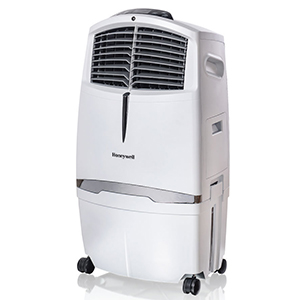
If you live in the southwest or midwest regions of the United States, the Honeywell Evaporative Cooler, Fan & Humidifier is an apt choice for you. It’s a swamp cooler that works best in a hot climate with less than 60 percent humidity.
One of the most significant advantages of using this combo fan/humidifier cooling unit is its low power consumption of 288W. Furthermore, the 525-790 CFM allows you to cool down your living room, bedroom, and even garage.
The portable and compact Honeywell evaporative cooler features oscillating louvers, a detachable 7.9 gallons water tank, and an ice compartment. Furthermore, the humidity control allows you to regulate the moisture content indoors. Lastly, the device includes a washable active carbon filter that traps the dust particles, pollutants, and odor.
2. Luma Comfort Tower Fan and Humidifier
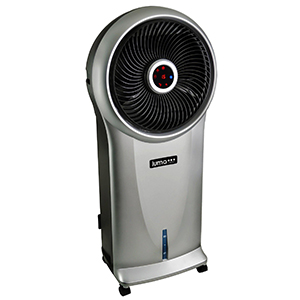
The Luma Comfort Tower Fan and Humidifier is a compact and sleek evaporative cooler with remote control. Other features include three-fan speeds, a timer, and wide-angle oscillation covering up to 250 square feet of area.
The clean evaporation technique cools your living room without using freon or other harmful chemicals. It’s essentially an energy-saving evaporative cooler that uses 75 percent less energy compared to an air conditioner.
You can remove the water tank and refill it when required. The good news is that the Luma fan and humidifier combo come with an ice pack which you can use for cold airflow inside the room. In addition, you can select any of the three fan speed settings and two operation modes to ensure silent operations and effective cooling.
3. Envion 4in1 Air Purifier, Heater, Fan & Humidifier
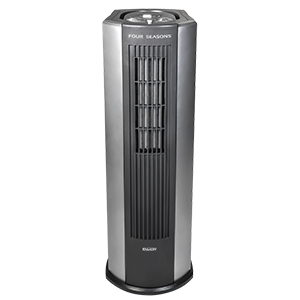
The Envion by Boneco device is a multi-purpose home appliance that serves as an air purifier, heater, fan, and humidifier. You can select any three fan speeds while the humidifier works simultaneously to ensure an optimal moisture level indoors.
This 4-in-1 machine is a perfect choice for all four seasons. For example, you can use the air purifier to remove the allergens and pet dander in the spring season. Alternatively, you can adjust the fan speed to keep your rooms cool in the summer season. Similarly, you can turn on the heater to warm the living room in the fall, and lastly, you can turn on the humidifier along with the heater in the dry winter season.
The HEPA air purifier functionality allows you to clean the air by removing bacteria, germs, smoke, allergens, and other pollutants. Not only that, but the triple action purification will enable you to purify the air in medium and large rooms up to three times an hour.
Final Verdict
In the end, the decision to use both devices simultaneously depends on multiple factors. It includes the efficiency of your humidifier to disperse air and the level of ventilation in your room. The most important factor is your personal preference.
Technically, there is no harm in using them together. In fact, a fan would only act as an assistant to the humidifier to disperse moisture faster than it would otherwise. It is the ideal combination to get a well-ventilated, moisturized room.

